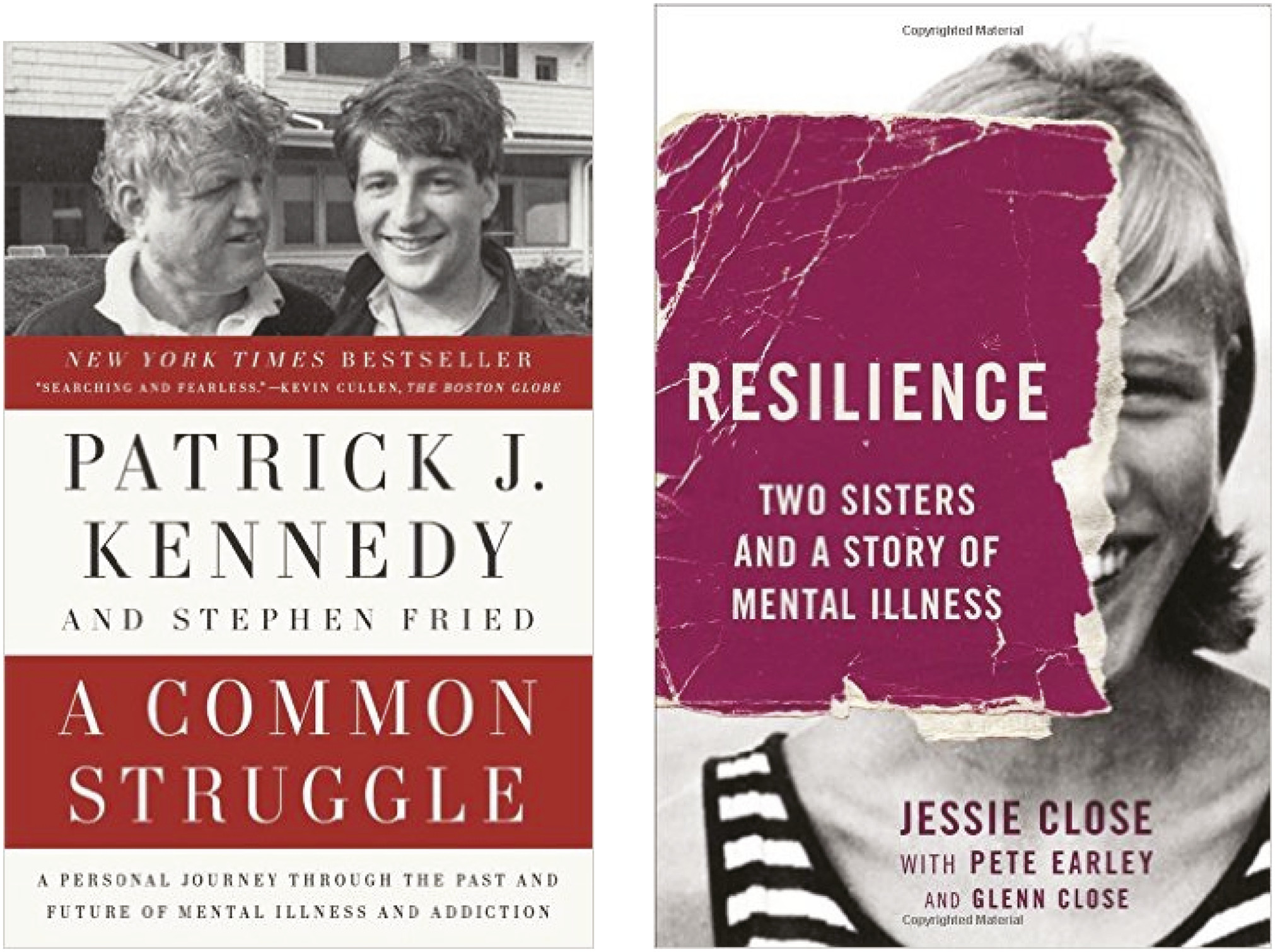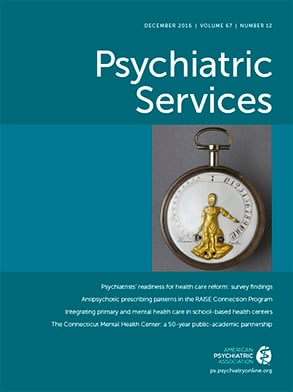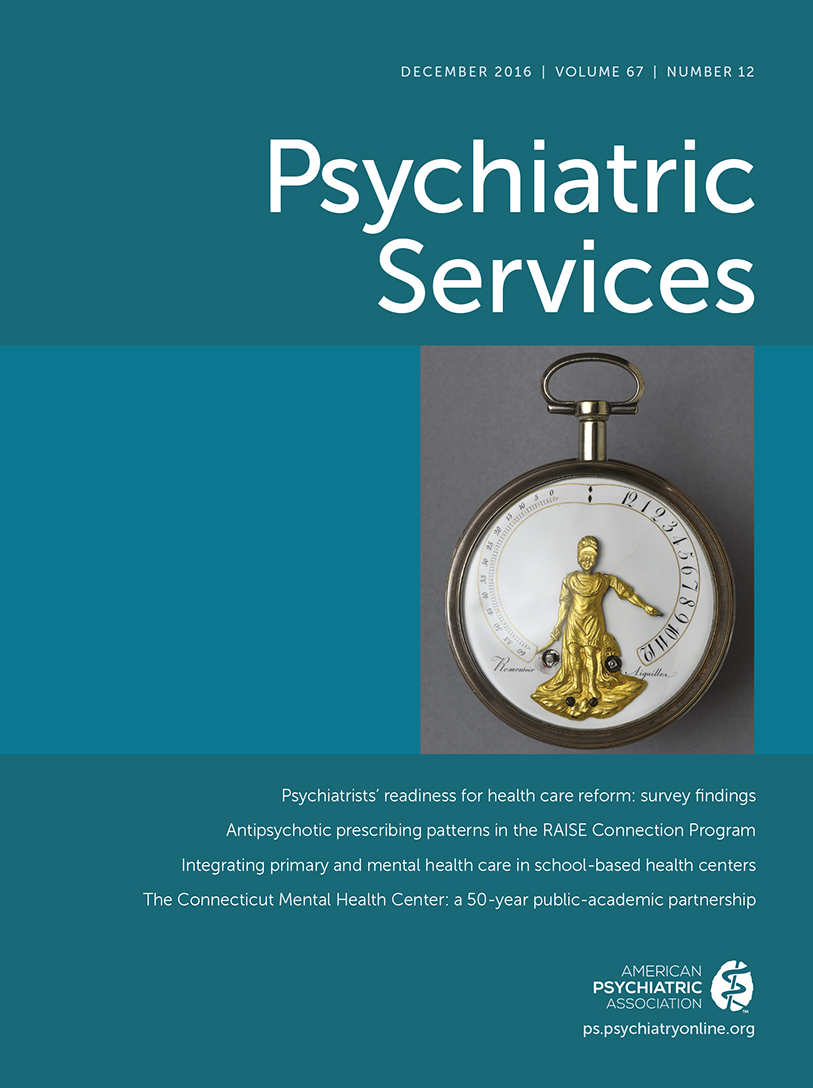Patrick Kennedy, born July 14, 1967, and Jessie Close, born July 17, 1953, have each written autobiographies that are remarkable for their portrayal of the destructive power of comorbid bipolar disorder and substance abuse, or alcohol and/or prescription drug abuse with illegal substance abuse as a chaser. Each author is known in his or her own right, yet both choose to include in the cover photo a better-known family member: Senator Edward Kennedy on one cover (the author’s father) and actress Glenn Close on the other (the author’s older sister). In Kennedy’s book the farther-son dyad is integral to the story. The sister connection in Close’s book is not so important, although Glenn Close does, on several occasions, rush from her movie set to rescue her stuporous sister from her settee.
These autobiographies are tough going. Not because the writing isn’t well done—it is—or because the subjects’ lives aren’t interesting—they are—but because the pain and anguish of these two lives ooze from the pages like spittle across the face of someone passed out drunk. Not only do Close and Kennedy live their lives like ageless hellions, but they unwittingly injure so many around them.
The “resilience” in the title of Close’s book, while not intended in this way, could apply to both Kennedy’s and Close’s ability to function—to perform tasks in meaningful ways and in states of consciousness that would render most of us unable to turn a doorknob. Which brings up the point of how either of these authors, based on the mental states each describes throughout most of his or her book, could remember a fraction of what is described. Each coauthor had quite a challenge.
There is an important difference between the Kennedy and the Close families. While Jessie describes parents who never quite figured out what it means to be parents, Jessie was clearly the family’s identified dysfunctional member, seen in different lights but not identified until she was in her forties as having a mental illness that was directing the course of her life. By the time she got the treatment she needed, she had five ex-husbands and three children. On the other hand, Patrick was identified as the weak link in his nuclear family within the powerful Kennedy legacy, and in his case it’s a myth. Patrick was one of three children born to Edward and Joan Kennedy. All five were alcoholics; four at one point or another were public about their alcoholism, and four had from one to several inpatient treatments for alcoholism. The holdout was the senator.
Both books have happy endings. Both authors take their experiences and turn them into public positions: in Close’s case to fight stigma, and in Kennedy’s case to improve federal legislation mandating nondiscriminatory insurance coverage of mental illness and to improve research into the causes of mental illness. Each finds peace in a different way: Close by finally being quietly alone with her dogs, having launched her children, and learning she didn’t need a man to have satisfaction in her life. Kennedy, much younger when he began treatment, found his peace by marrying for the first time at age 44 and surrounding himself with children (four at the time I write this).
Psychiatrists should salute Kennedy and Close. It is never easy to put your mentally ill life before the public. These five authors—two for Kennedy’s autobiography and three for Close’s—have provided powerful books that should be used. Every participant in a DUI class should be required to read one of these two books. Patients who come into your office thinking they can never recover from the mess they’ve made of their lives through mania, alcohol, misuse of stimulants or benzodiazepines, arrests, private and public humiliations, alienations of friends and family, loss of trust, and the feeling that the abyss is more attractive than the lives they live should read these books.
These two books can save lives. Close and Kennedy, with help from a whole lot of people, saved themselves. I encourage you to use these books as vehicles to save some of your patients’ lives . . . or perhaps your own.


